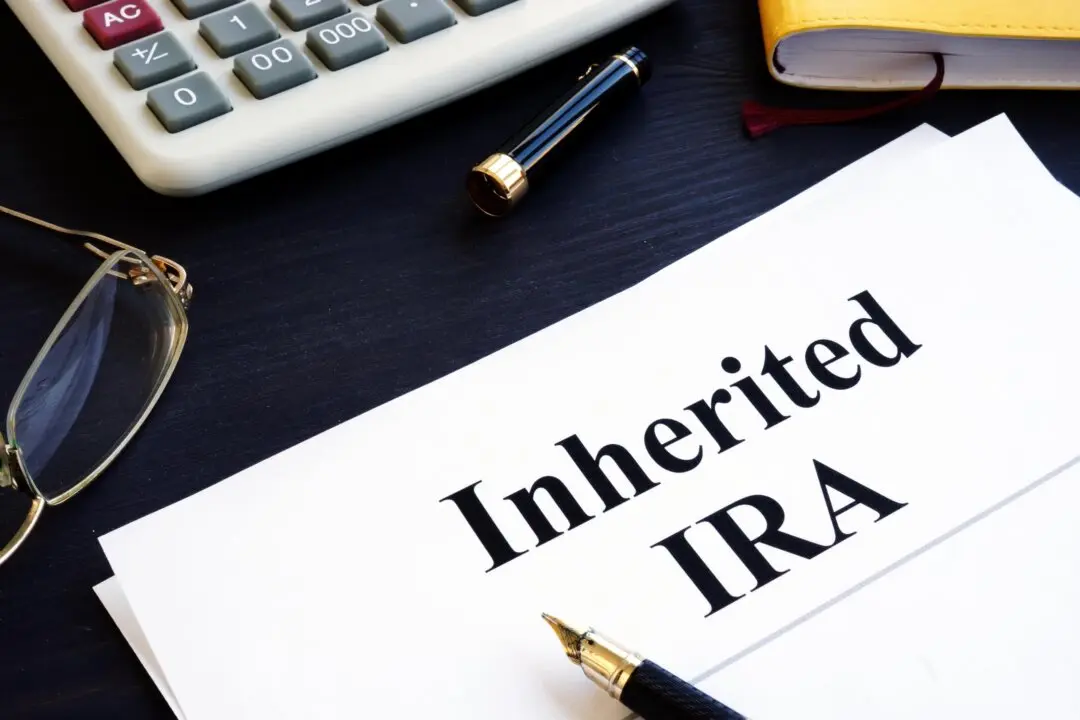For centuries, gold has been sought after as a source of value. And for good reason. Gold has remained resilient in the face of numerous recessions, market crashes, high-inflationary periods and other times of economic volatility.
And in the midst of global economic and geopolitical uncertainty, gold spiked to an all-time high of more than $2,700 per troy ounce in October 2024.






